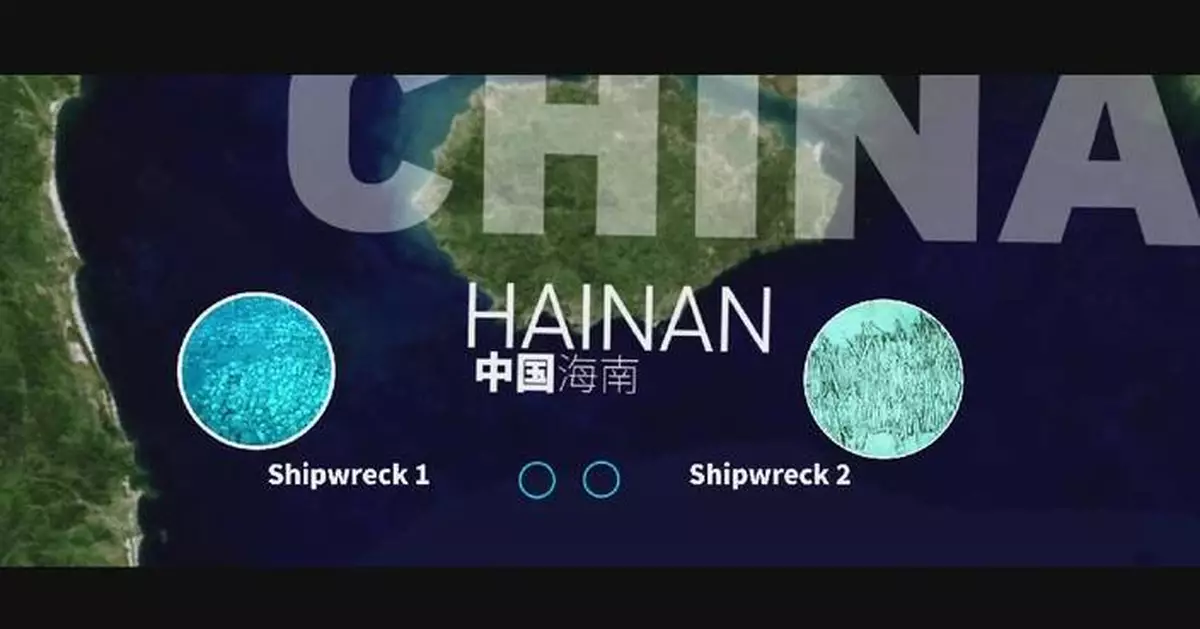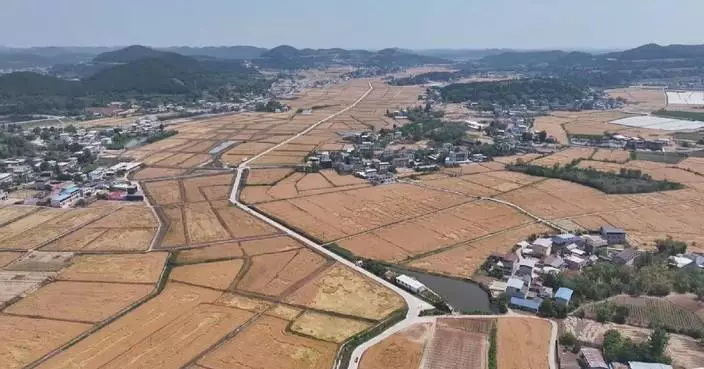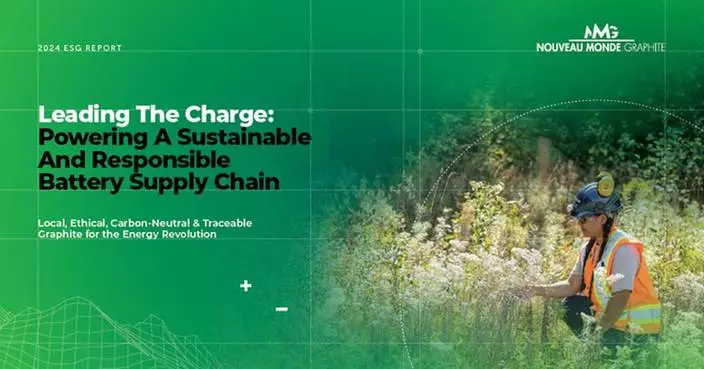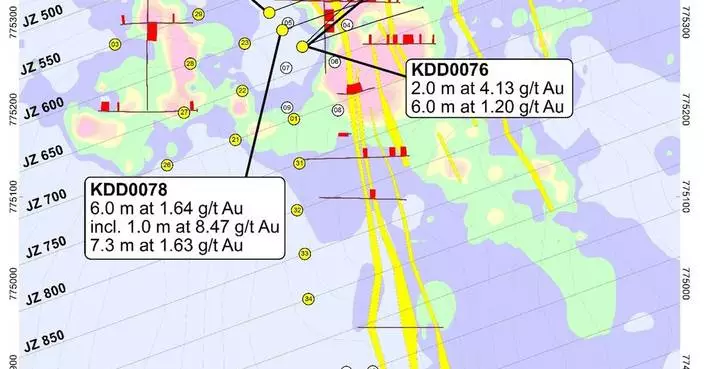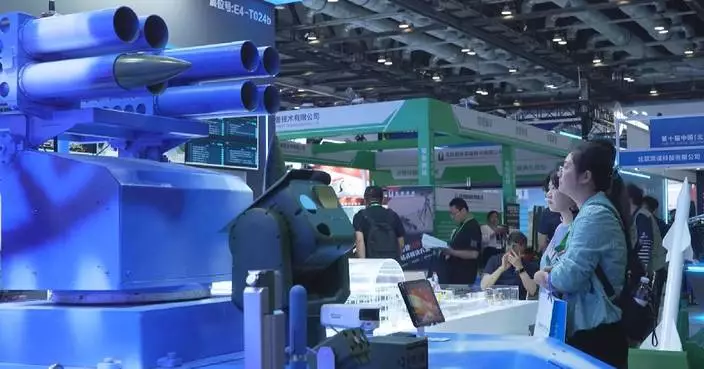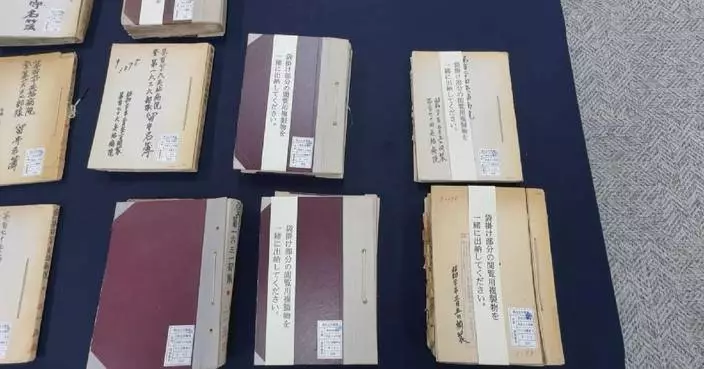In October 2022, two ancient shipwrecks were discovered on the northwest continental slope of the South China Sea. The breathtaking CGTN documentary "Silk Road Sunken Treasures" traces back these unfinished voyages.
In October 2022, the Shenhai Yongshi spotted the remains of two merchant ships, resting 1,500 meters deep on the northwest continental slope of the South China Sea. They are known as Shipwreck 1 and Shipwreck 2.
"Underwater, we could see clearly that the ship began to tilt. Large objects were drifting to the seabed like falling leaves to the bottom of the sea," said Xin Lixue, director of China (Hainan) Museum of the South China Sea.
"For example, perhaps the upper part of its hull was damaged as it sank. The moment it hit the seabed, the impact was strong, which perhaps caused implosions. As a result, the upper parts of the structure were hurled outward," said Deng Qijiang, director of the Institute of Underwater Archaeology under the National Center for Archaeology.
Shipwreck 1 is estimated to have over 100,000 pieces of relics. Its site area is over 10,000 square meters.
The orthophotos can clearly show Shipwreck 1. The outline of the ship reveals a dense pile of cargo. Around the wreck is a ring-shaped area of artifacts, and a tail-like area, 300 meters long and 50 meters wide, containing scattered objects.
Research suggests Shipwreck 1 dates from the Zhengde Emperor period, sometime between 1506 and 1521. It mainly contains export porcelain wares, roughly more than 100,000 pieces.
Shipwreck 2 is earlier, from the Hongzhi Emperor period, between 1488 and 1505. There is a large amount of imported ebony. Both reflect the prosperity of maritime trade during the mid-Ming Dynasty. Each vessel contained many different valuables. Yet so far, no human remains have been found.
"Behind each sunken ship is a shipwreck accident, a sad story," Xin said.
"I went on a long voyage to strive for a better life. I endured the drifting and loneliness on the sea, but I could no longer see my family members. I set out with full hope. In the end, I can never return home. I feel sad when I think of this aspect," said Feng Wanli, chief assistant of the Institute of Deep-sea Science and Engineering under the Chinese Academy of Sciences (CAS).
Xin Lixue says that China mastered watertight compartment technology over 700 years earlier than the West. China was advanced in both shipbuilding techniques and navigation skills. But no one can control the weather.
"The South China Sea experiences the monsoon season from May to December every year. Typhoons may occur at any time during this period. After the northeast monsoon sets in around November, large ships are able to set sail. They will return in May or June the following year. This is an advantage brought about by the monsoon. There are no islands or reefs within a 100-kilometer radius of the shipwrecks. So, these two ships were likely to have encountered a storm and sank," Xin said.
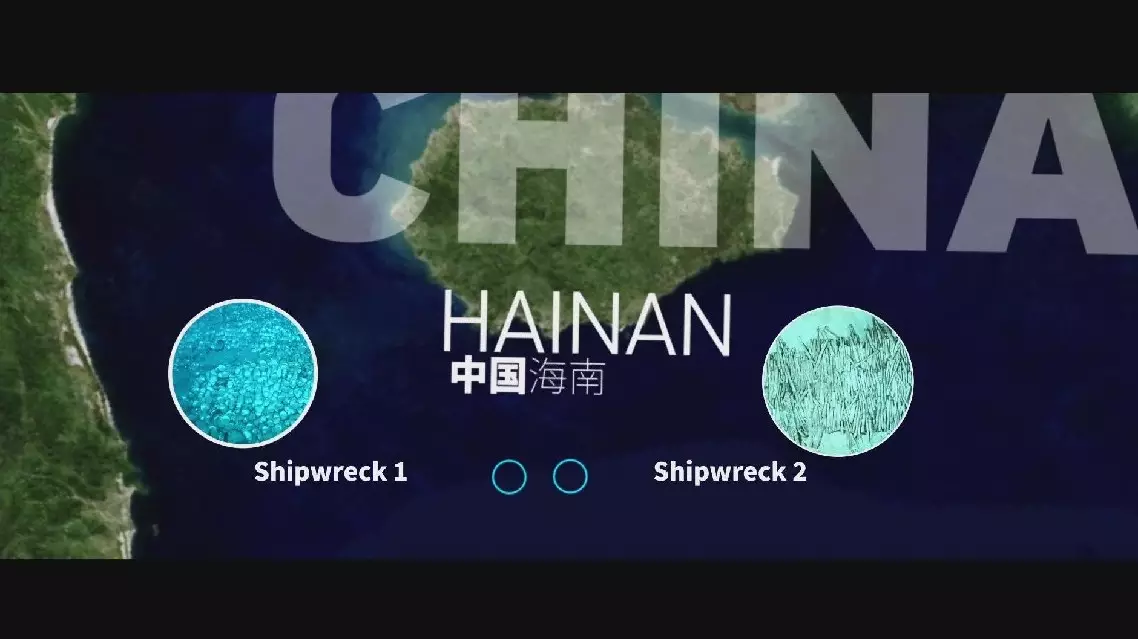
CGTN documentary traces unfinished voyages on ancient Silk Road
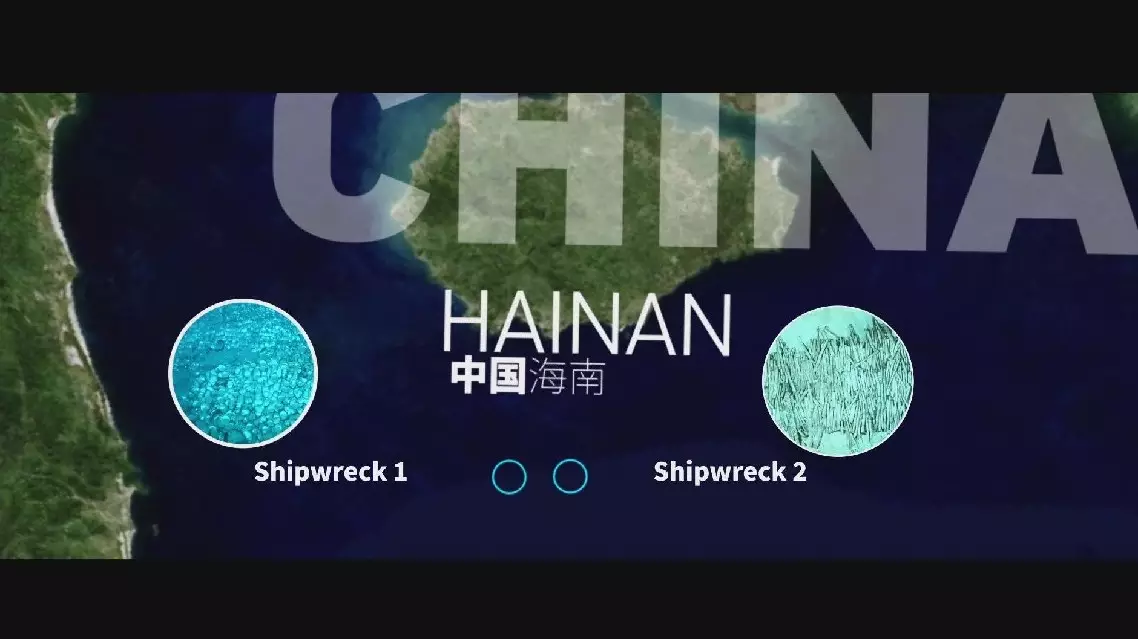
CGTN documentary traces unfinished voyages on ancient Silk Road


